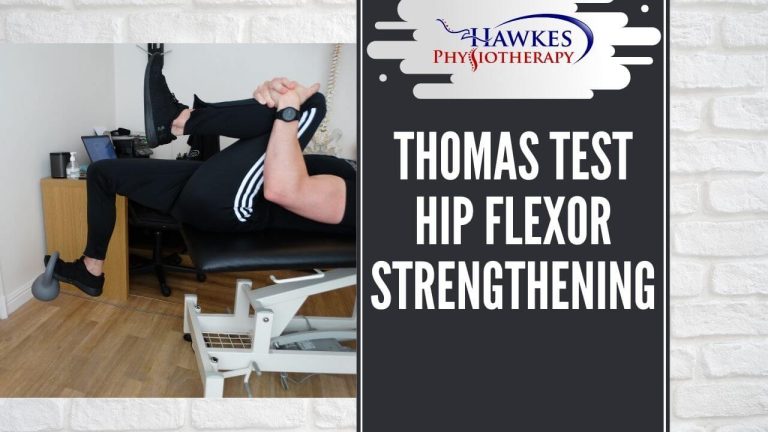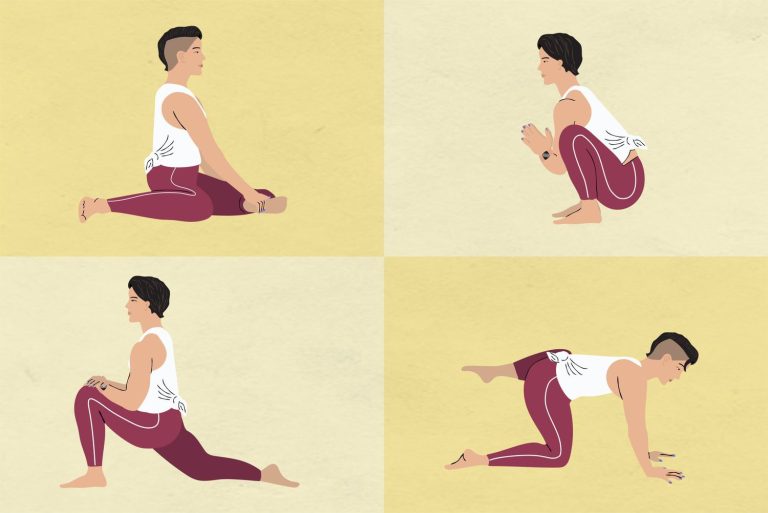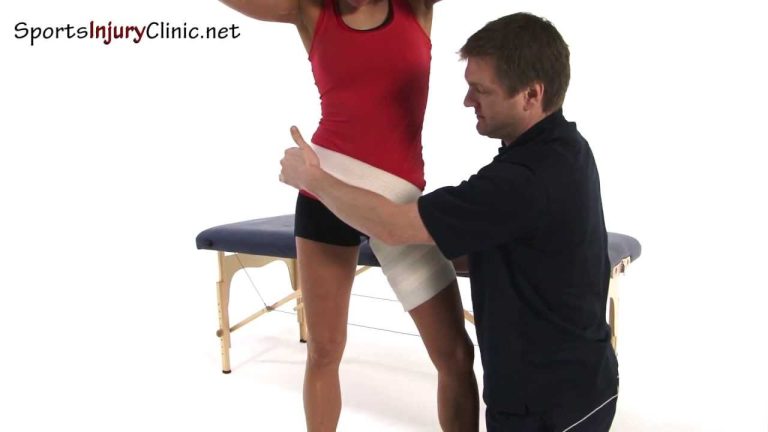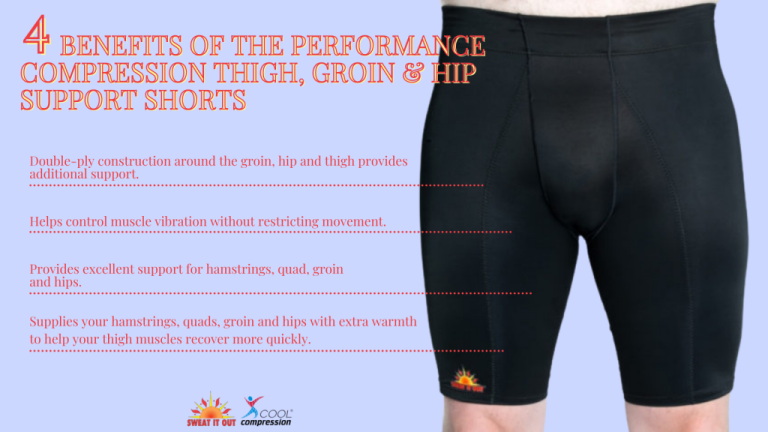Trigger Points for Hip Pain: Understanding Causes and Treatments
Have you ever experienced a persistent, nagging pain in your hip that seems to seep into the depths of your muscles? If so, you may be familiar with myofascial pain syndrome, a condition that can wreak havoc on your mobility and overall wellbeing.
Triggered by those elusive trigger points in your muscles, this syndrome can leave you searching for answers and relief. But fear not!
In this article, we will delve into the world of trigger points for hip pain, exploring the causes, symptoms, and effective treatment options that may just be your ticket to a pain-free existence. So, let’s unlock the secrets and discover a new lease on life!
trigger points for hip pain
Trigger points can be a common cause of hip pain. Myofascial pain syndrome, which is caused by pressure on these trigger points, can lead to pain in the muscles and other parts of the body.
This syndrome is often the result of repetitive muscle contractions and stress-related tension. Symptoms of hip trigger points include deep, aching pain, tender knots in the muscles, and difficulty sleeping.
Treatment options for hip trigger points include physical therapy, trigger point injections, pain medications, and relaxation techniques. It is important to note that hip trigger points are often underestimated as a cause of chronic hip pain, and many health professionals may be unfamiliar with how to treat them.
However, treating trigger points can provide quick pain relief, as evidenced by a case study showing relief from hip pain after trigger point treatment. Therefore, it is crucial to check for hip trigger points when other methods have been unsuccessful in managing hip pain.
Key Points:
- Trigger points can cause hip pain and are often overlooked as a cause of chronic hip pain.
- Myofascial pain syndrome, caused by pressure on trigger points, can result in pain in muscles and other body parts.
- Hip trigger point symptoms include deep, aching pain, tender knots in muscles, and difficulty sleeping.
- Treatment options for hip trigger points include physical therapy, trigger point injections, pain medications, and relaxation techniques.
- Case study demonstrates that trigger point treatment can provide quick pain relief for hip pain.
- Checking for hip trigger points is crucial when other methods fail to manage hip pain.
Sources
https://www.mayoclinic.org/diseases-conditions/myofascial-pain-syndrome/symptoms-causes/syc-20375444
https://lifeafterpain.com/info/trigger-point/hip-pain-treatment-trigger-points/
https://www.painwhisperer.com/trigger-point-hip-pain
http://www.triggerpointtherapist.com/blog/hip-pain-trigger-points/tensor-fascia-lata-trigger-point-it-band-syndrome-hip-pain/
Check this out:
💡 Pro Tips:
1. Pay attention to your posture: Poor posture can contribute to the development and activation of trigger points in the hip muscles. Maintain good posture throughout the day to avoid unnecessary strain on your muscles.
2. Stretch and strengthen hip muscles: Regular stretching and strengthening exercises can help prevent and alleviate hip pain caused by trigger points. Focus on exercises that target the hip flexors, glutes, and hip rotator muscles.
3. Apply heat therapy: Applying heat to the affected hip muscles can help relax the muscles and reduce pain associated with trigger points. Use a heating pad or take a warm bath to soothe the area.
4. Try self-massage techniques: Using a foam roller or tennis ball, you can apply pressure to the trigger points in your hip muscles to help release tension and relieve pain. Be cautious and gentle when performing self-massage and stop if you experience severe pain.
5. Practice stress management techniques: Stress and anxiety can contribute to the development and exacerbation of trigger points. Incorporate stress management techniques such as deep breathing exercises, meditation, or yoga to help reduce muscle tension and manage hip pain.
Myofascial Pain Syndrome And Trigger Points
Myofascial pain syndrome is a condition characterized by the presence of trigger points in muscles, which can cause pain not only in the affected muscle but also in other parts of the body. Trigger points are small, tight knots that form within muscles and can be felt as tender or painful areas.
These trigger points are typically caused by pressure on the muscle due to repetitive contractions or stress-related tension.
Symptoms And Causes Of Myofascial Pain Syndrome
The symptoms of myofascial pain syndrome can vary from person to person, but common signs include deep, aching pain that may be localized or radiate to other areas of the body. Additionally, individuals with myofascial pain syndrome may experience tender knots or “twitching” in the affected muscles.
Another common complaint is difficulty sleeping due to the pain and discomfort.
The causes of myofascial pain syndrome are often related to muscle overuse or injury. Repetitive motions, such as those performed in certain occupations or sports, can lead to the development of trigger points.
Poor posture, stress, and anxiety can also contribute to the formation of trigger points and the onset of myofascial pain syndrome.
Treatment Options For Myofascial Pain Syndrome
There are various treatment options available for individuals with myofascial pain syndrome. It is important to note that a multidisciplinary approach is often most effective in managing this condition.
Some of the treatment options include:
Risk Factors For Developing Myofascial Pain Syndrome
Several risk factors have been identified for the development of myofascial pain syndrome. These include:
Importance And Underestimation Of Hip Trigger Points
Hip trigger points are often underestimated as a potential cause of chronic hip pain. Many individuals and even health professionals may overlook the possibility of trigger points in the hip muscles and focus solely on joint-related issues.
However, in some cases, trigger points in the hip muscles can be a significant contributor to hip pain and should not be disregarded.
Identifying And Treating Hip Trigger Points
Identifying and treating hip trigger points is crucial, especially when other treatment methods have not been successful in providing relief. It is important to find a healthcare provider who is knowledgeable about trigger points and their treatment.
Unfortunately, many health professionals are unfamiliar with trigger points and their role in musculoskeletal pain.
One useful resource for identifying trigger points causing hip pain is a free trigger finder tool available online. This tool can help individuals locate potential trigger points based on their symptoms and provide valuable information to discuss with a healthcare provider.
By addressing hip trigger points through targeted treatments such as physical therapy, trigger point injections, or relaxation techniques, individuals may experience quick relief from their hip pain.
In conclusion, myofascial pain syndrome caused by trigger points in muscles can lead to hip pain and discomfort. Understanding the symptoms, causes, and treatment options for myofascial pain syndrome is crucial in effectively managing this condition.
It is important not to underestimate the role of hip trigger points and to seek proper evaluation and treatment if other methods have been unsuccessful. By doing so, individuals can find relief and improve their overall quality of life.







